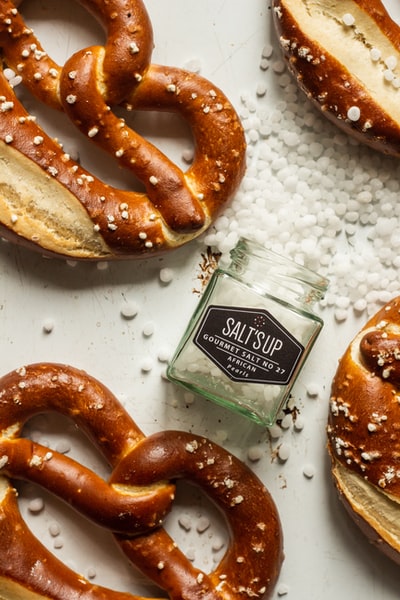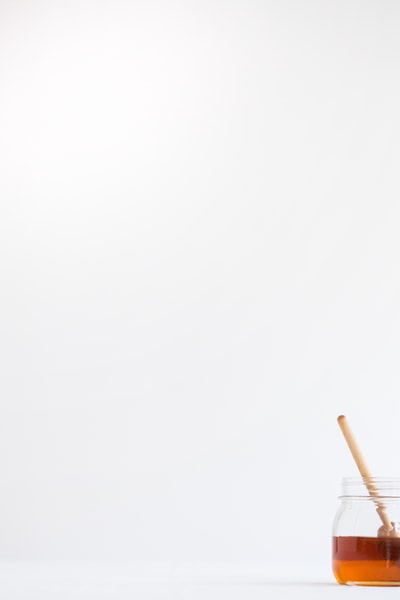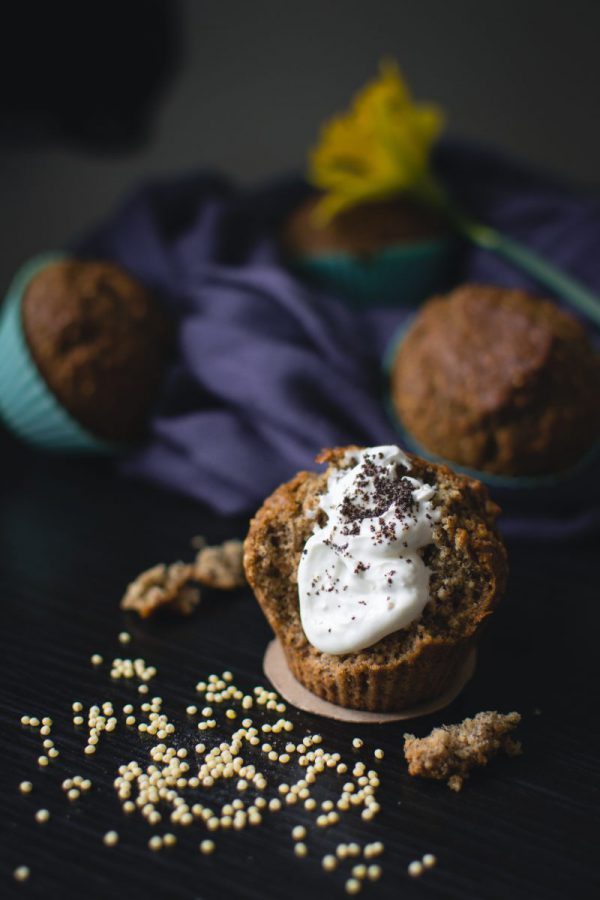Ingredients
- 450 gr flour
- 300 ml buttermilk
- 2 gr sugar
- 2 ml bicarbonate of soda
- 1 gr salt
You will need somewhere between these two amounts of buttermilk, depending on how much liquid your flour tends to absorb. Try to avoid using regular milk: if you must, use baking powder instead of bicarbonate of soda. -Lightly grease a heavy skillet (if making "soda farl", the flat version of soda bread) or preheat the oven to 230ºC (if making "soda cake", the round, more breadlike version.) Sift the dry ingredients together into a large bowl; make sure the soda is evenly distributed. Make a well in the center of the dry mixture and add about half the buttermilk. Stir until you have a raggy dough that is very squashy but which looks more or less dry. Add more liquid sparingly until you achieve this texture. Blend until all the flour has achieved this consistency; then turn out immediately onto a lightly floured board and knead for no more than a minute or a minute and a half*. Overkneading makes this bread very tough, and it's very easy to overdo it. If making soda cake, shape the dough into a circle about 8-9 inches across and about an inch and a half thick. Cut a cross about on the top, about half an inch deep, and place on a floured baking sheet. Bake at 230ºC for 45-50 minutes. If making soda farl, shape the dough into a circle about 23 cm by one inch thick and cut into four wedges or "farls": place in the preheated skillet, with cut edges about half an inch apart. Cook slowly on the stovetop over low-to-medium heat: it should take about 20 minutes for the farls to puff up and turn a light brown on the pan side. Turn them and cook for another 20 minutes. -For a softer crust on either soda cake or soda farl, wrap in a dishtowel after baking. -For more information on making sodabread and its variations, please see the file "SODABRED.TXT" included with this zipfile.



